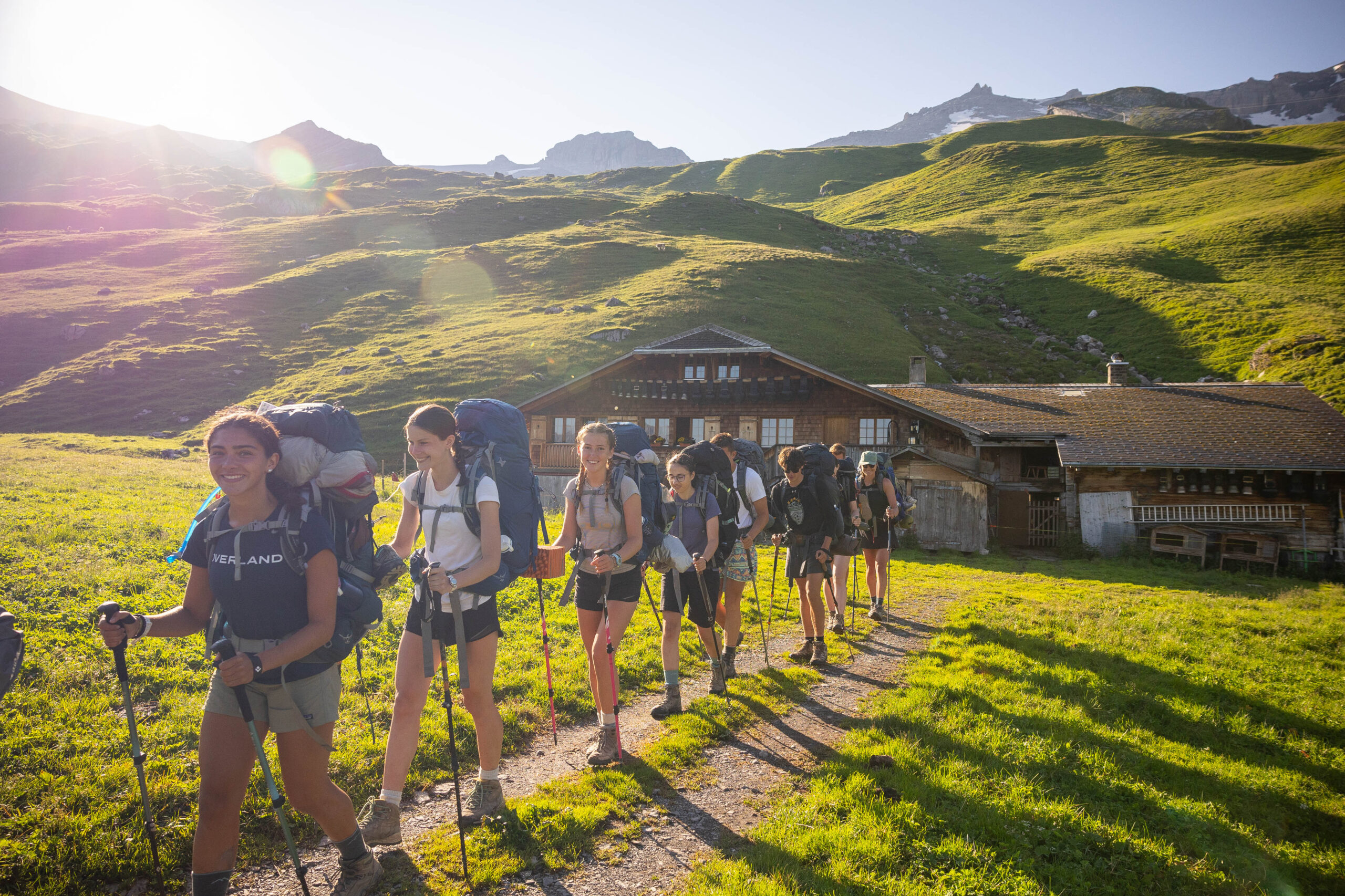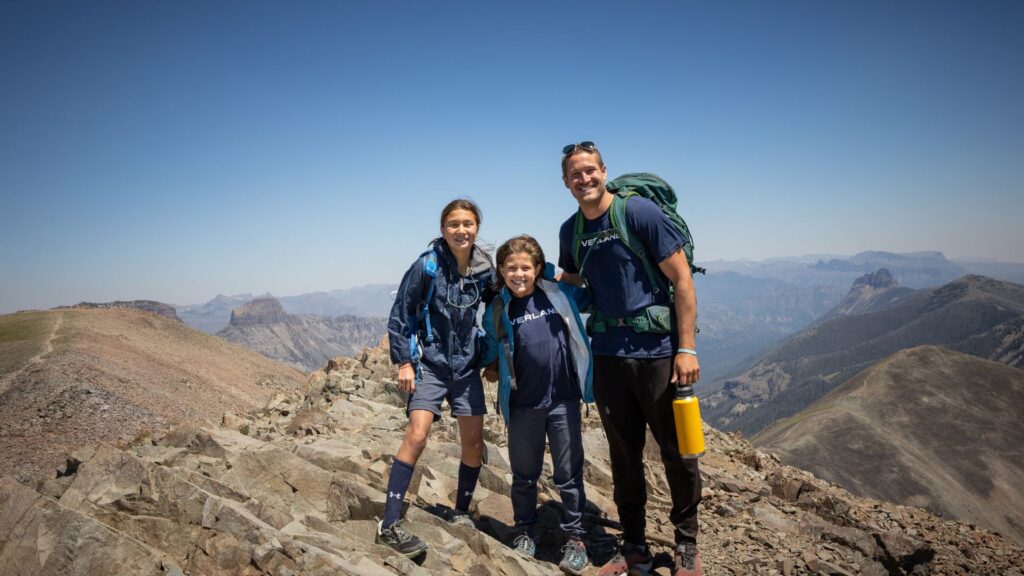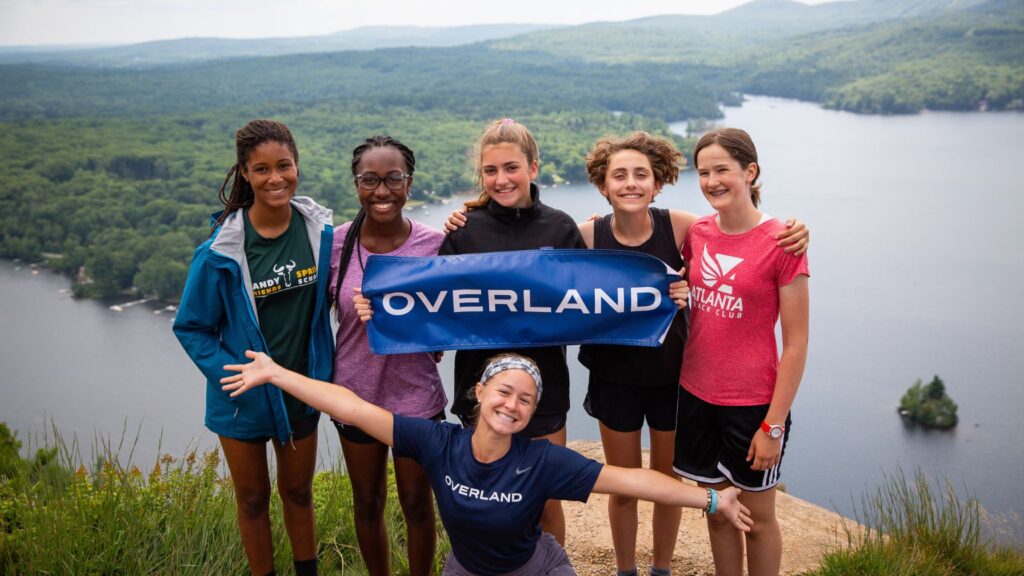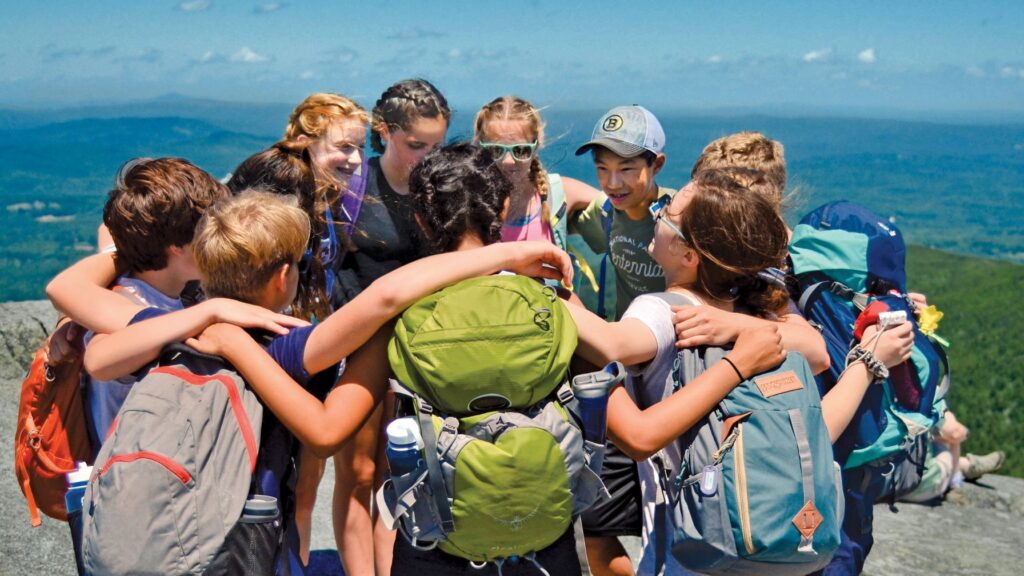Looking for the best backpack for your next outdoor adventure? Our guide covers
backpack types, sizing tips, and top recommendations for every journey.
Searching for your first backpacking pack can be overwhelming. With a plethora of
options, technical jargon, and different styles, it can be hard to walk into a gear store and find the
perfect fit. Luckily, we are here to help you find the best backpack for any outdoor adventure!
Remember, there isn’t a one-size-fits-all rule when looking for a backpack, so it will be
important to try on a few different options. The most important rule when it comes to finding the
best backpack is finding a comfortable fit. We will cover the best internal frame backpacks for
hiking and how to size a backpack for a camping trip. Read on for the most helpful information!
Choosing the Right Type of Backpack:
When it comes to selecting a backpack, the first thing to consider is the type of adventure
you’re using it for. There are now three main types of backpacks you could encounter during
your research:
- External frame pack – where you can see the structure (aluminum is most
common) - Internal frame pack – structure is hidden within the backpack (most commonly
sold type) - Frameless pack – ultralight style bags, typically less comfortable for heavy loads
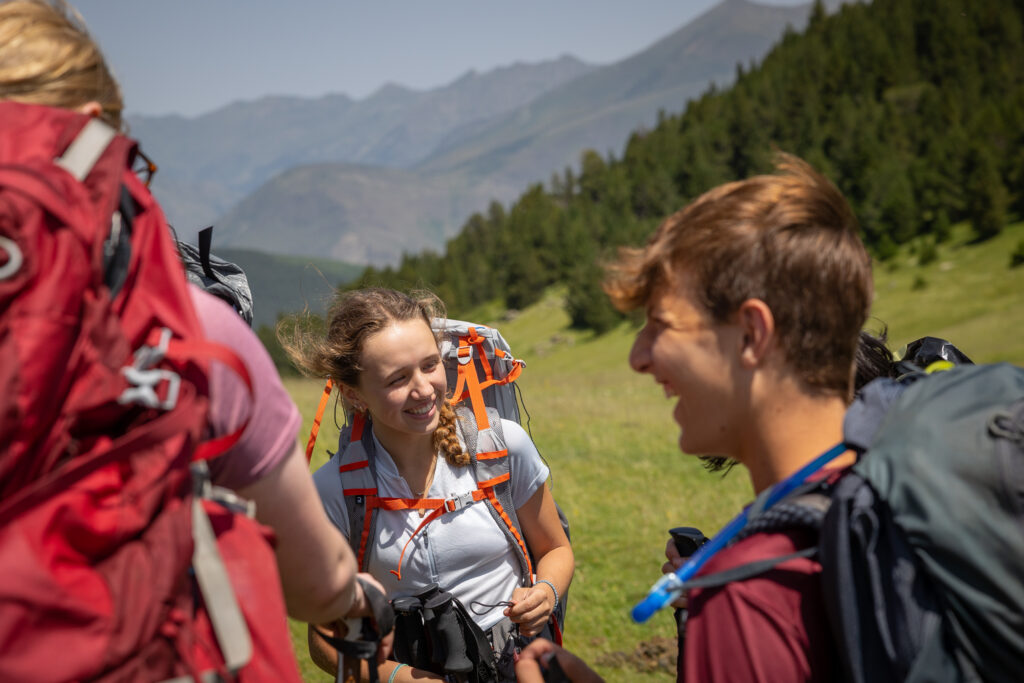
Internal frame backpacks are perfect for all Overland trips and most other camping
expeditions! Now that you know what type of bag you are looking for, it is time to think about
the size of the backpack. If you are going on Teton Challenge, you’ll want something a bit larger,
in the 65-80 liter range. This will be the case for most of Overland’s Challenge and Expedition
trips. For students joining us on Rocky Mountain Explorer, something in the 55 – 70 liter range
will be perfect. Larger bags provide you with enough space for warmer sleeping bags and
warmer layers, so consider the climate of your destination!
Popular Backpack Brands: Osprey, Gregory, REI:
Once you have your type of backpack picked out, you can start exploring different
options. Now is the time to focus on the little features of each backpack! Remember, you will be
using your backpack for days at a time and, hopefully, for years to come, so it’s worth taking the
time to pick the right one.
Are you someone who overheats easily? You might want to consider a back with a
suspended mesh back panel. This feature allows for space between your back and the bag
providing excellent ventilation while hiking. The Osprey Exos is a great option for a smaller bag,
while the Atmos AG 65 allows you to pack a bit more.

Do you like bags with lots of storage? REI Co-op bags often feature a variety of external
pockets, from zippers on the hipbelt to storage space at the top of the bag. The REI Co-op Flash
features nine external pockets! If you’re looking for a bag with easily accessible places to store
your gear, this bag could be a great fit for you.
Is comfort your top priority when thinking about your bag? Look no further than
Gregory. They have earned a reputation for comfort over the years, with packs that allow you to
carry high weight levels without realizing it! For students going on some of our trips with a
longer expedition component, like Alaska Expedition, a Gregory bag could be a great option.
The Gregory Baltoro comes in two sizes – 65 and 75 liters – making it a great option for different
Overland trips.
Sizing your Backpack for the Perfect Fit:
Now that you have your preferred bag in front of you, it is all about sizing! Again, doing
this in person with assistance is the best option, but I have outlined the overall goals below.
Backpacks generally come in men’s and women’s versions and are typically offered in three
sizes: small, medium, and large. The sizes vary most in terms of hip and torso measurements (so
take some time to measure).
Most bags have some flexibility in the size of the hip belt and the size of the torso, so
play around with the straps and find the fit that feels right. Importantly, you should add some
weight to your bag. Most stores will have a weight you can add, but if you are at home you can
try wrapping water bottles in a blanket. You should aim to have about 25-30 pounds in your bag
to ensure that you are weighting it properly for sizing.
Buying your first backpack can feel intimidating, but hopefully this will help you find the
right bag for you! Remember to find something that is comfortable and that you are excited
about. Once you find the right backpack, the only thing left to do is get outside and enjoy it.
Make sure to check out our other blogs about gear to fill out your wardrobe for a perfect summer
trip. Happy hiking!
How To Choose A Summer Adventure For Your Child
Get first-hand insights into what you should look for when choosing the next summer travel adventure for your child.
